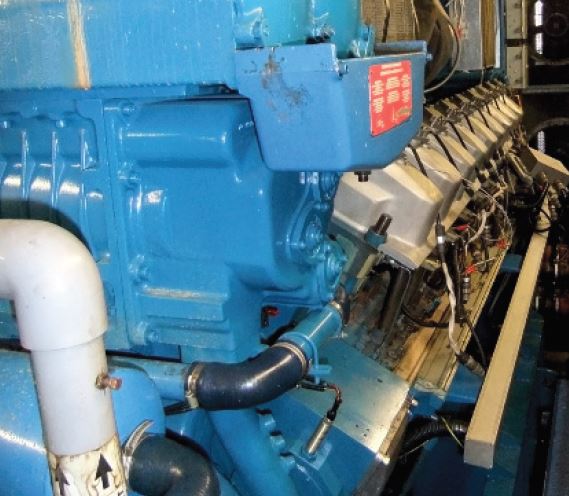Please click here to access the main AHDB website and other sectors.
- Home
- Knowledge library
- Practicalities of setting up a heat network
Practicalities of setting up a heat network
Protected horticulture often requires fairly large heating capability, dependent on crop type, which is commonly fulfilled by a mixture of natural gas boilers and combined heat and power (CHP) engines. These are often chosen for the additional benefit of carbon dioxide enrichment; but biomass boilers and heat pumps are also popular due to their eligibility on the RHI scheme. These technologies are all suitable for use in a heat network.
Return to the GrowSave Horticulture main page
Provider of heat
Ground and water source heat pumps provide additional income via the RHI tariffs, but consideration should be made on the available grid connection. For example, a 10 MW ground source heat pump will typically require an electricity supply of 2.5 MW. Water source heat pumps can be more efficient than ground source, but in order for them to work a nearby river or large reservoir of water is needed. Due to the electricity demand of running heat pumps, they are often paired with a natural gas CHP. The electricity generated can help mitigate electricity import and potentially remove the need for expensive grid connection upgrades. CO2 from the engine can also be used for crop enrichment, and the additional heat can be used either on site or as part of the network. It should be noted that since the CHP will be smaller than if it was sized primarily for heating the site, it will produce much less CO2 and further enrichment may be needed depending on the crop.
Biomass
Biomass combustion is also available on the RHI, albeit with a lower tariff than heat pumps. The downside of biomass combustion over a heat pump is that the fuel (typically woodchip) and operational costs will be greater; however, the capital and installation costs will be much less. Depending on the type of biomass burned, strict emissions limits environmental permitting may be required, particularly if waste fuel is used.
Natural gas
Natural gas combustion can be the cheapest option in terms of capital and operational costs, and it has the additional benefit of generating CO2 for crop enrichment. Natural gas CHPs typically have a much higher electrical efficiency than biomass CHPs, which can be an attractive solution to high site electricity demand. The downside of natural gas combustion is that there are no incentive schemes, meaning your returns will be less. Additionally, if the site has a total gas input (including any backup boilers) over 20 MW it will need to comply with the EU Emissions Trading Scheme (EUETS), which can be expensive and something to be avoided if possible.
Both biomass and natural gas combustion will need to comply with the Medium Combustion Plant Directive (MCPD) if a heating asset or multiple assets sharing the same flue have a thermal input between 1 MW and 50 MW capacity. Systems larger than 50 MW will instead need to comply with the Large Combustion Plant Directive (LCPD). Both directives impose limits on the emissions from the plant and must be complied with for all new installations.

Pumps and pipes for heat networks
One of the largest capital costs in setting up a heat network is installation and insulation of the heat delivering pipework.
Read more about pumps and pipes for heat networks
Billing and funding for heat networks
Whichever heating asset is used, billing and funding will be an important part of the income received. Read more about how to manage billing and funding here.
Useful links
Have a question? Ask the team ....
Topics:
Sectors:
Tags:

